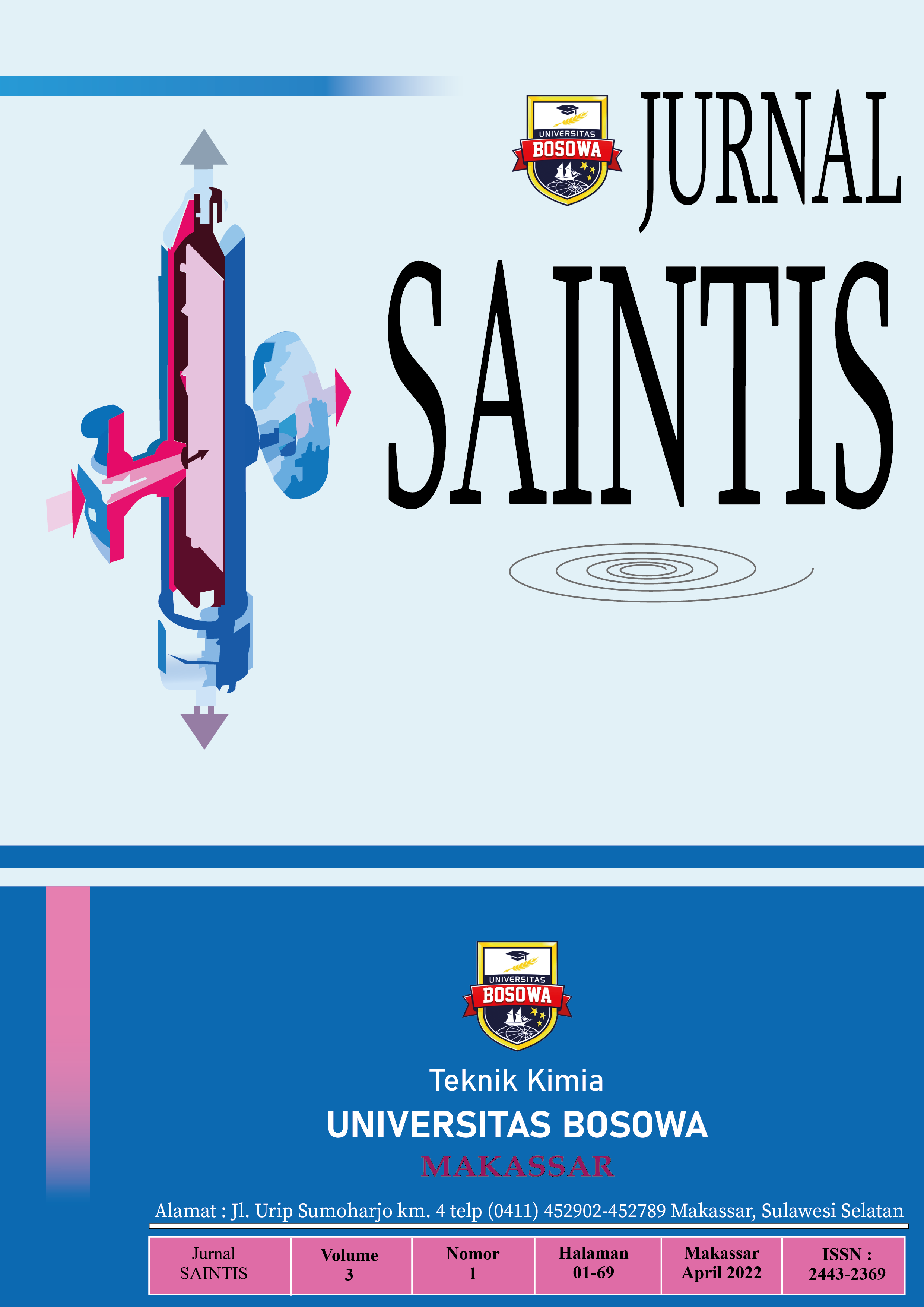PEMANFAATAN ZEOLIT YANG TERAKTIVASI ASAM KLORIDA (HCl) SEBAGAI ADSORBEN LOGAM BERAT TIMBAL (Pb)
Kata Kunci:
Adsorpsi, Limbah, B3, Zeolit, Asam Klorida, Aktivasi, Logam BeratAbstrak
Liquid waste is basically a material that is left over and wasted sourced from human activities, or natural processes. This liquid waste is Pb metal produced by the chemical laboratory of PT. Antam UBPN North Maluku which is very abundant because of the analysis and other research that uses the metal. These heavy metals are dangerous because they tend to accumulate in human body tissues and are toxic. To overcome this, appropriate and environmentally friendly handling is needed, one of which is by using an adsorbent, namely zeolite derived from nature. In addition, the zeolite owned by the Indonesian state is very abundant, but so far it has only been exported in raw form.
This research was conducted to determine the best adsorption capacity of Pb in laboratory wastewater from HCl concentrations of 1, 3, 5 and 7 M; zeolite mass 10, 20 and 30 grams; contact time of 16, 20 and 24 hours. In this study, activation will be carried out using hydrochloric acid (HCl). Further analysis was carried out using Atomic Absorption Spectrophotometer (AAS).
The results showed that the best optimum treatment for adsorbent absorption of Pb metal in laboratory wastewater was a contact time of 24 hours with a mass of 30 grams of zeolite. And the best concentration of HCl used for zeolite activation in Pb metal adsorption was 7 M.
Referensi
Akbar, M. & Ramli, A.F., 2017. Pemanfaatan Cangkang Kerang Dan Cangkang Kepiting Sebagai Adsorben Logam Cu, Pb Dan Zn Pada Limbah Industri Pertambangan Emas.
Apriliani, A., 2010. Pemanfaatan Arang Ampas Tebu Sebagai Adsorben Ion Logam Cd , Cr , Cu Dan Pb Dalam Air Limbah. Universitas Islam Negeri Syarif Hidayatullah.
Banvalvi. 2011. Logam Pb (Timbal). Kimia. Universitas Negeri Sebelas Maret. Surakarta
Baryatik, P., 2016. Pemanfaatan Arang Aktif Ampas Kopi Sebagai Adsorben Logam Kromium (Cr) Pada Limbah Cair Batik. Universitas Jember.
Kahar, A., 2007. Pengertian Adsorpsi. Fakultas Sains dan Teknologi. UIN Sunan Kalijaga. Yogyakarta.
Nurafifah, S., 2016. Pengaruh Kombinasi Kiambang (Salvinia Molesta) Dan Zeolit Terhadap Penurunan Logam Berat Kadmium (Cd). Universitas Airlangga, Surabaya.
Nurcahyaningsih, W. & Iswanto, A., 2016. Penurunan Kadar Logam Timbal Pada Limbah Cair Percetakan Dengan Zeolit Alam Teraktivasi (Studi Pada Limbah Cair Percetakan X Jember).
Palar, Ahmad. 2004. Limbah Logam Berat Pb (Timbal). Universitas Indonesia : Jakarta
Pamungkasih, L., 2014. Konsentrasi Logam Berat Timbal (Pb) Dan Kadmium (Cd) Di Air Dan Sedimen Di Perairan Pelabuhan Kejawanan, Cirebon.
Retnaningsih, T. & Hariyati, R., 2013. Potensi Mikroalga Sebagai Agen Bioremediasi Dan Aplikasinya Dalam Penurunan Konsentrasi Logam Berat Pada Instalasi Pengolah Air Limbah Industri, Semarang.
Said, M., Prawati, A.W. & Murenda, E., 2012. Aktifasi Zeolit Alam Sebagai Adsorben Pada Adsorpsi Larutan Iodium. Teknik Kimia, 15(No. 4), pp.50–55.
Saryati, dkk., 2010. Aktivasi Zeolit Asam. Universitas Dipenogoro : Semarang.
Sugiyanto, K.H. dan Suyanti, R.D. 2010. Kimia Anorganik Logam Edisi Pertama. : Yogyakarta.
Sukmawati, H., 2013. Adsorpsi Logam Berat Pb (Timbal) dengan Menggunakan Silika Gel, Yogyakarta.
Syaputra, A., Yenti, S.R. & Sunarno, 2010. Kesetimbangan Adsorpsi Cd2+ Dengan Menggunakan Zeolit Teraktivasi. Teknik Kimia, 1(No.2), pp.1–8.
Wahyuni, A., 2017. Sintesis Nanopartikel Mangan Dioksida (MNO2) Secara Sonokimia Sebagai Adsorben Ion Logam Timbal (Pb2+). Universitas Islam Negeri Alauddin.






